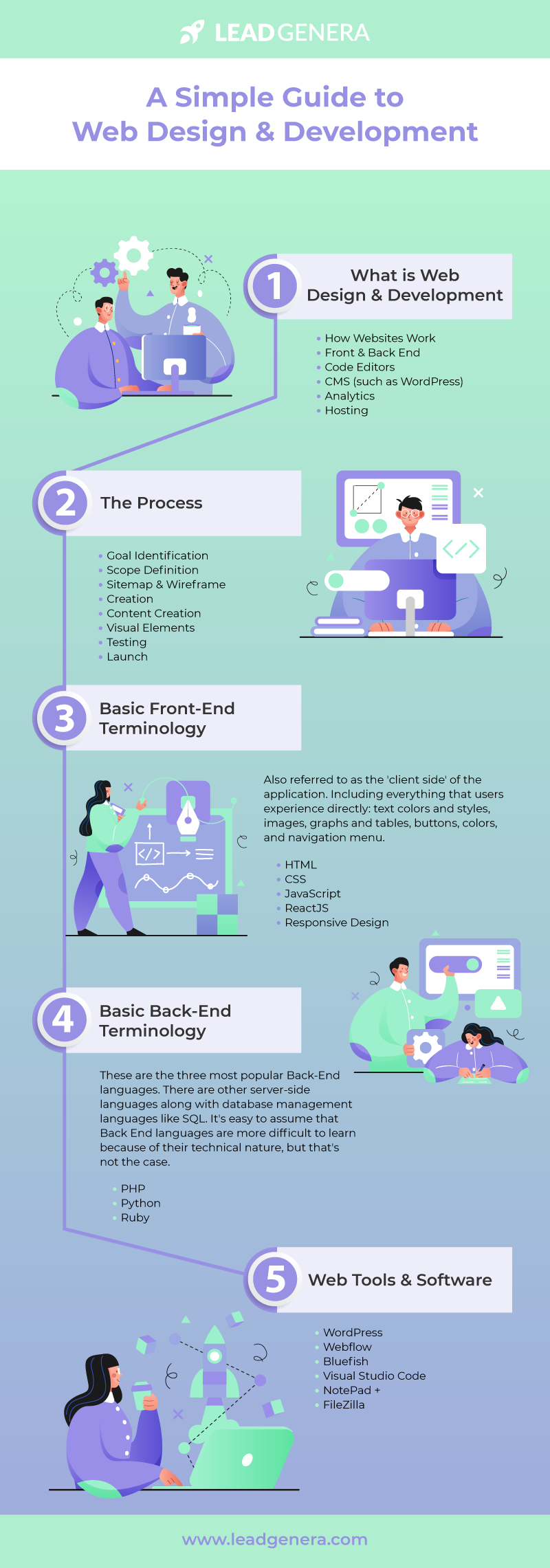Within the swiftly evolving landscape of the online world, user experience has become as a central focus for web development and web design. As businesses endeavor to engage visitors and convert them into loyal customers, the demand for personalization has become significantly vital. Gone are the times of uniform approaches; now, users expect interfaces and content that align with their personal preferences and actions.
Personalization is influencing the way designers and developers build online experiences, allowing for personalized interactions that enhance user satisfaction. This trend goes beyond simple customization; it entails leveraging data and user insights to create responsive environments that adapt to each visitor’s distinct journey. As we explore the newest techniques and innovations in web design, it is evident that personalization plays a significant role in shaping user-centric strategies for the future.
Understanding User-Driven Design
User-driven design is an approach that puts the needs and preferences of the user at the forefront of the creation process. In website creation and website design, this implies creating user interfaces and experiences that are both functional but also tailored to the specific actions and requirements of users. By understanding the target population, designers can improve usability, boost accessibility, and create a more engaging user experience.

A key aspect of user-driven approach is the continuous feedback loop between designers and users. This includes gathering information and feedback on how end-users interact with a website, allowing for iterative improvements. Usability testing, questionnaires, and data analysis play essential roles in refining design choices, ensuring that the end result resonates with its intended users. The iterative nature creates a dynamic environment where user preferences influence the design pathways.
Additionally, tailoring is gaining more important in user-driven approach. End-users are attracted to experiences that seem tailored just for them, whether via content suggestions, flexible layouts, or interactive features. By utilizing data such as user actions and choices, designers can create sites that evolve with the end-user, providing them with important content and efficient navigation. This level of tailoring not only enhances user contentment but also drives interaction and loyalty, making it a fundamental aspect of contemporary website creation.
The Role of Individualization in Web Development
Personalization has emerged as a key element in customer-oriented web development, shaping how websites engage with their visitors. By assessing visitor behavior, likes, and user profiles, developers are now able to create tailored experiences that appeal on an personal level. This method not only boosts user satisfaction but also fosters loyalty, as users are more likely to return to a site that is tailored specifically to them.
Embedding customization into web development requires a blend of evidence-based insights and forward-thinking design strategies. AppWeb as specific content, responsive designs, and customized suggestions have become necessary tools for developers aiming to create impactful user experiences. These methods enable websites to adaptively change their content according to user interactions, thus ensuring that visitors receive appropriate information that aligns with their interests and wants.
The rise of personalization also emphasizes the significance of privacy and consent in web development practices. As developers endeavor to collect and leverage data for a more customized experience, they must navigate the trade-off between effective personalization and user trust. Respecting user confidentiality while delivering a customized experience is essential, making sure that users feel secure and recognized as they engage with a website.
Executing Personalization Strategies
To successfully implement personalization approaches in website development and online design, businesses must begin by gathering and evaluating user data. Understanding users' likes, patterns, and demographics allows developers to create personalized interactions that connect with unique visitors. Utilizing methods such as analytics services and user surveys can provide valuable data into what users desire, enabling developers to customize the interface and material appropriately.
Next, employing advanced technologies such as artificial intelligence and intelligent algorithms is vital for enhancing personalization. These tools can process vast amounts of details in live, allowing pages to actively adapt to user interactions. For instance, AI-driven suggestion engines can offer services or information based on historical activities, making the experience more engaging and relevant. This degree of tailoring not only improves user satisfaction but also increases engagement metrics and promotes repeat visits.
In conclusion, it is important to create a seamless user experience that incorporates tailored elements without overwhelming the user. This means intentionally adding features like customized welcome messages, tailored content areas, and flexible navigation. By striking a equilibrium between customized experiences and overall functionality, web creators can ensure that users feel respected and recognized, ultimately driving trust and building enduring connections with the business.
